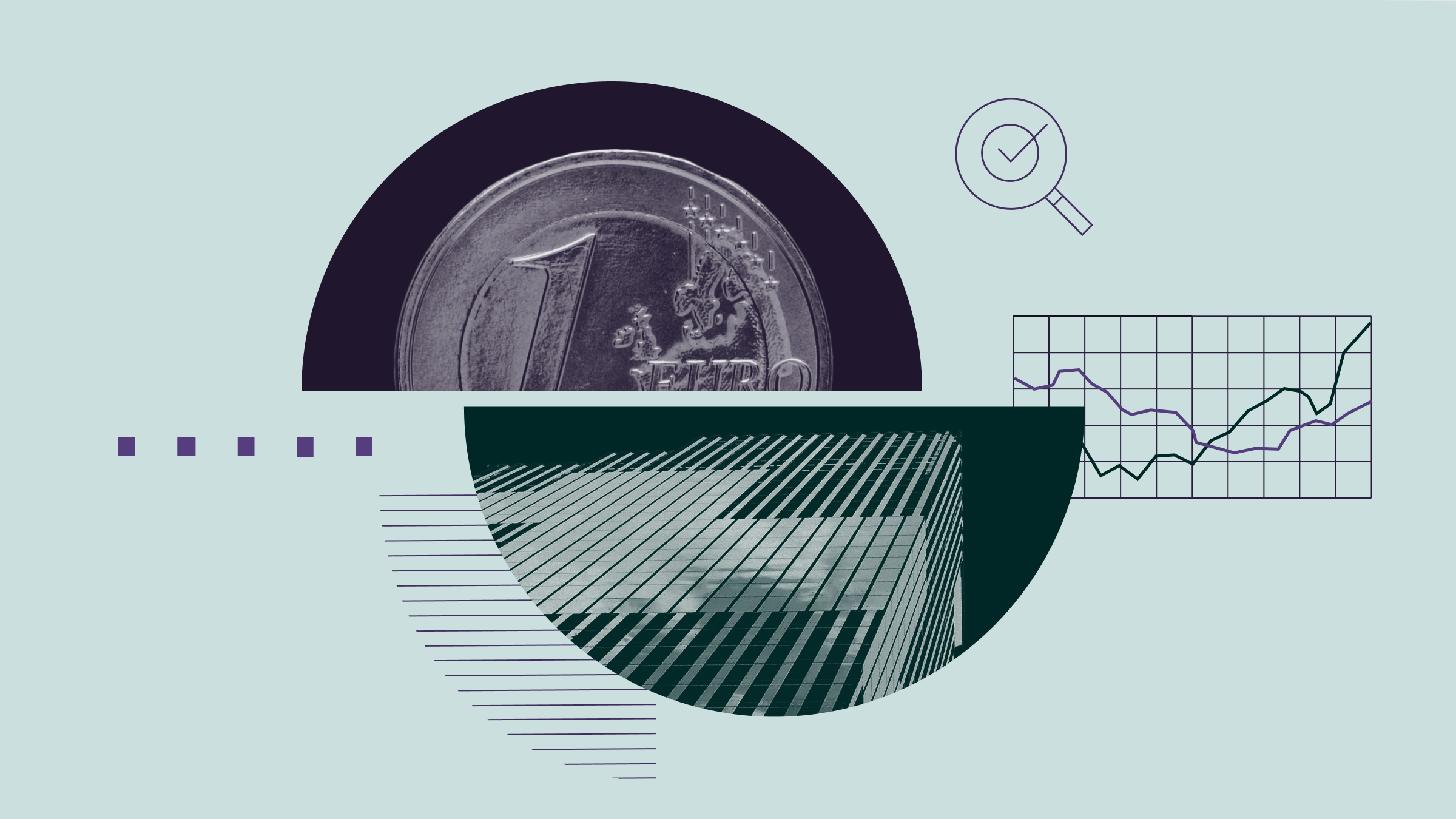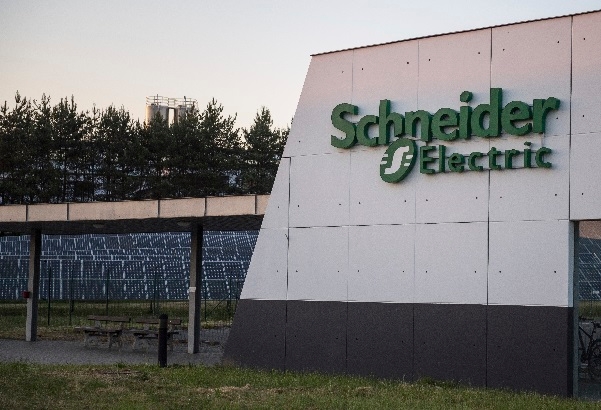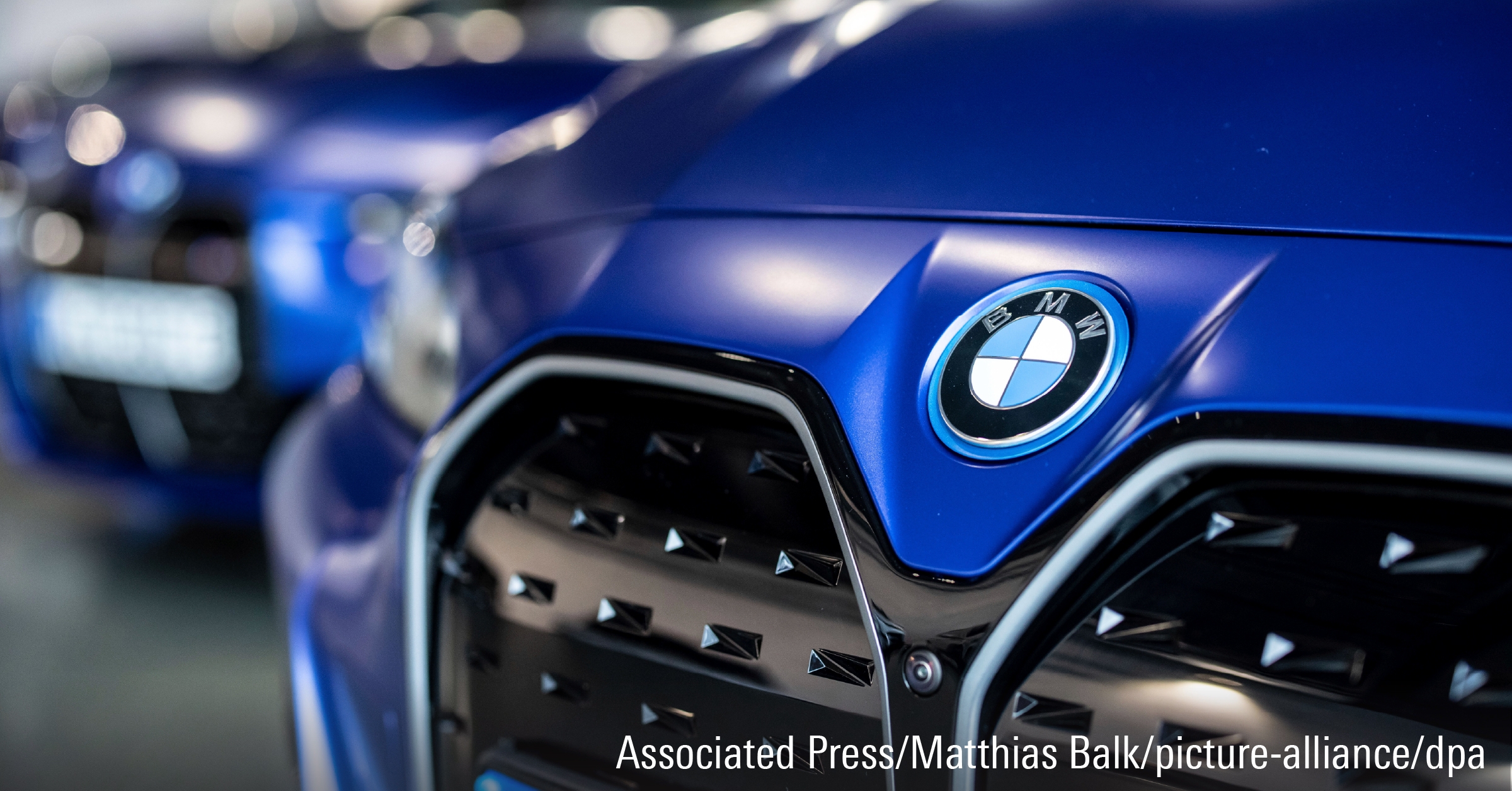Rolle im Portfolio
The fund provides exposure to many of the largest companies within the emerging countries of Brazil, Russia, India, and China (collectively, “BRIC”). These countries have seen their importance on the global stage rise dramatically in recent years. The Chinese economy now ranks third in the world, behind only Europe and the United States. Whereas this type of exposure would once have been considered only as a speculative tactical tool, it is increasingly becoming a core component of a globally balanced portfolio. That said, this can be an extremely volatile area of the market. This fund’s annual standard deviation since inception in 2007 has been just shy of 34%. It correlation to the local currency returns of the S&P 500 and the MSCI Europe Index has been 78% in each case, over the same time period. The fund pays out dividends from the underlying stocks on a semi-annual basis, currently at an annual yield level of 2.29%. So it may suit an investor seeking moderate levels of income, although the tax implications of such distributions for each investor would have to be taken into consideration.
Fundamentale Analyse
For much of the last 10 years, the BRIC acronym has been strongly associated with the exciting growth potential of the developing world. China will have particular impact on the group’s fortunes, as its largest economy and the largest weight in the index. China, having gone through a period of remarkable growth, now faces the prospect of slowing down, and much will depend on whether its economy can achieve a “soft landing.” GDP growth, while still robust, fell to an annualised rate of 8.9% in the fourth quarter of 2011, and the Chinese government recently targeted a 7.5% figure for 2012. Inflation, as measured by the consumer price index, was 4.5% in January, higher than the previous two months but down from October’s 5.5% reading. The real estate market, long a major driver of growth, is beginning to show signs of stress. Against this backdrop, the People’s Bank of China is walking a monetary policy tightrope, trying to find a balance between growth and inflation. After a couple of years of policy tightening, including rules designed to curb home-buying, China has recently swung in the other direction, reducing banks’ reserve requirements in an attempt to get things moving again. One of the major factors contributing to China’s slowdown is that its economy is largely built on exports, and with many parts of the developed world spiralling back into recession, the demand for those exports has begun to dry up. As the beleaguered developed-world consumer continues to pare back, China will have to rely more and more on domestic demand from its own burgeoning middle class. For both Brazil and Russia, a key driver of growth is energy. The countries’ wealth of natural resources has made them substantial beneficiaries of the past decade’s trend towards higher commodity prices. A big part of that trend has been the rapid growth of China, with its seemingly insatiable appetite for raw materials, as well as Malthusian concerns about the world running out of non-renewable resources. The concern right now is that with China slowing down, the demand for raw materials could fall considerably. Brazil’s growth has also slowed considerably in recent periods. For the fourth quarter of 2011 its growth rate was a paltry 1.4%, less than that of the United States. Oil prices have generally been increasing of late as tensions around Iran grow. But Saudi Arabia recently issued a commitment to increase its production in order to remove some of the upward pressure on the commodity. Another concern in Russia is the increasingly shaky political situation in Russia. Vladimir Putin was recently elected president, having effectively circumvented term limits on his power through a switcheroo with Dmitry Medvedev. But there is a growing perception that the election results were rigged, and public displays of disapproval of Putin seem to have increased meaningfully. India’s GDP growth rate clocked in at 6.1% annualised in the fourth quarter of 2011; robust by global standards but less than the country was used to in the years preceding the global financial crisis. India’s economy has remained largely closed, which has hampered development. Recent plans to allow foreign supermarkets into the country were scrapped in the face of protest.
Indexkonstruktion
The FTSE BRIC 50 Index is a free float market capitalisation-weighted index consisting of the 50 biggest stocks across the markets of Brazil, Russia, India, and China. In the case of Brazilian, Indian, and Russian companies, the constituents are depository receipts, which trade on either the New York Stock Exchange or the London Stock Exchange but are proxies designed to mirror the ownership of a company’s domestic stock listing. In the case of Chinese equities, the index holds H-shares, which are companies incorporated in the People’s Republic of China (PRC) and listed in Hong Kong. Unlike China-listed A-shares, there are no restrictions for international investors trading in H-shares. Stocks within the potential investment universe are screened for liquidity. The index is formally reviewed on a quarterly basis, and the weight of any individual security is capped at 15%. The median market capitalisation of constituents is $9.3 billion. Geographically, China is the biggest exposure, making up 43% of the total. Brazil makes up 29%, Russia 23%, and India just 5%. On a sector basis the index is heavily tilted towards Financials and Energy, which make up 38% and 30%, respectively. There is a fair amount of concentration, with more than half the index in the top 10 stocks.
Fondskonstruktion
The fund uses full physical replication to try to capture the performance of its benchmark, owning – to the extent possible and efficient – shares in all of the underlying constituents in the same weights as those of the index. In certain circumstances it may also use derivatives to achieve its objectives. The fund is Irish-domiciled and has the U.S. dollar as its base currency. As of writing it had assets of roughly $1.0 billion. It is ISA eligible and has UK Reporting status. Cash received as dividends from the underlying stocks is held by the fund until distributions are made to fund unitholders on a quarterly basis. This can create a cash drag on the portfolio, causing it to underperform its benchmark in rising markets, and outperform in declining markets. The fund does engage in securities lending. According to iShares, throughout 2011, 6.63% of the portfolio was out on loan, on average. In total, the activity added 6 basis points of net return to the fund for that year, and the loans were collateralised at an average rate of 111%. iShares claims to keep 40% of securities lending revenue for itself, out of which amount it will pay the associated costs of the activity, and passes 60% of the revenue to the fund. Prior to October 2010 the split was 50/50.
Gebühren
The fund’s total expense ratio (TER) is 0.74%, which is pricier than several alternatives for exposure to BRIC equities. Other costs potentially borne by the unitholder but not included in the total expense ratio include bid-ask spreads on the ETF, securities lending fees, transaction costs on the infrequent occasions when the underlying holdings change, and brokerage fees when buy and sell orders are placed for ETF shares. Income generated from securities lending could potentially recoup some of the total costs.
Alternativen
To get exposure to BRIC equities, there are a few choices, including db x-trackers MSCI BRIC TRN ETF, RBS Market Access Daxglobal BRIC Index ETF, EasyETF DJ BRIC 50, and HSBC S&P BRIC 40. Of these, the iShares product is by far the biggest. The fund with the lowest TER is the HSBC fund, at 0.60%.

















